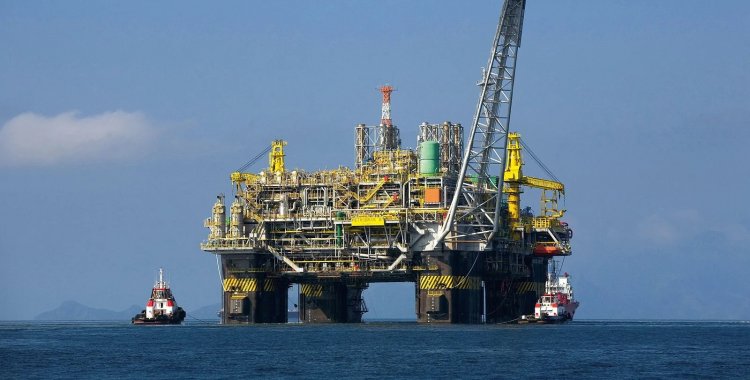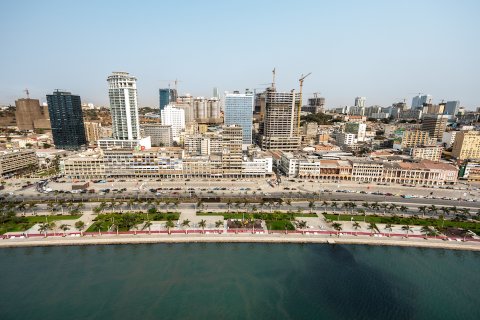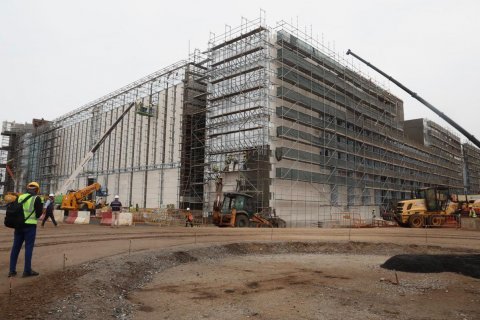Figures from OPEC's monthly report reveal that the sharp drop was due to the sharp cut applied by Saudi Arabia to its production, which is one of the main factors behind the increase in the price of "black gold" in July and continues to do so this month.
In its monthly average, the price of a barrel of Brent, a reference for Europe, was 80.16 dollars in July, which represents an increase of more than five dollars or almost 7 percent in relation to the average of the previous month, indicates the document.
Even higher, at 7.8 percent (to 5.87 dollars) and 8.2 percent (to 5.76 dollars), were increases in the OPEC and West Texas Intermediate (WTI, the benchmark) barrel North American), which were sold on average at 81.06 dollars and 76.03 dollars, respectively.
The sustained upward trend has continued in recent weeks, with WTI trading above 83 dollars today, while Brent is above 87 dollars and OPEC oil is close to 90 dollars.
According to the report's data based on "secondary sources", i.e. estimates by independent institutes, Saudi Arabia produced 9.02 million barrels per day in July, minus 968,000 barrels per day or less nearly 10 percent less than that in June, numbers that differ very little from the official ones transmitted by the Wahhabi kingdom.
With this cut, Riyadh fulfilled almost 100 percent of its decision to apply an "additional and voluntary" reduction of one million barrels of oil in July to support prices, a measure that has already been extended to August and September.
This large Saudi cut, together with the drop in Libyan extractions (-52,000 barrels per day), more than offset increases from other partners such as Iran (+68,000 barrels per day), Angola (+56,000 barrels per day) and Venezuela (+37,000 barrels per day).
In addition to the additional Saudi cut and Russia's promise to also reduce its exports between July and September, the OPEC+ alliance, formed by thirteen OPEC partners and ten allied countries, maintains production reductions in force for a total of 3.6 million barrels per day, about 3.6 percent of world oil production.
These reductions were adopted last October and April, but only started to produce the desired effect of raising prices in the middle of the year.
The increase in gasoline consumption due to greater mobility during the summer holidays in the northern hemisphere and the demand for fuel in the Middle East contributed to the increase in oil prices in July, according to OPEC experts.
In addition, reserves of petroleum products in consuming countries are low, which is another factor for the increase.
"Despite the current high level of refinery operations, gasoline and middle distillate inventories remain well below the five-year average level in the US and Europe," they note.
"Looking to the future", OPEC considers that the maintenance of the refineries "and possible production interruptions during the hurricane season in the USA could squeeze the market in the Atlantic basin".
And he clarifies that this perspective, associated with the closing of the OPEC+ taps, will help to keep oil prices high which, despite their sharp rise, are still below the level of a year ago, when they were above 100 dollars per barrel.
As for world demand for "black gold", the report points to an average of 102.01 million barrels per day in 2023 and 104.25 million barrels per day in 2024, remaining unchanged from the forecasts of a month ago.







